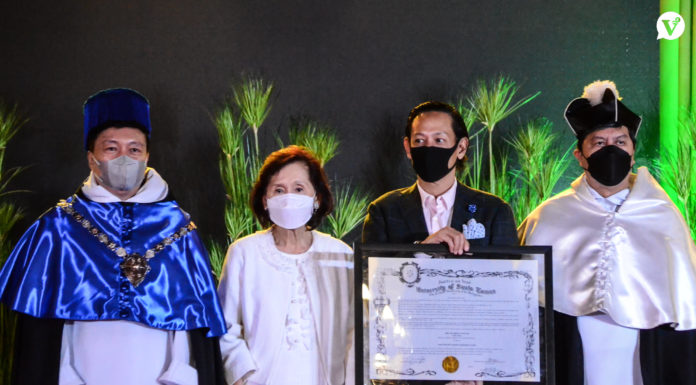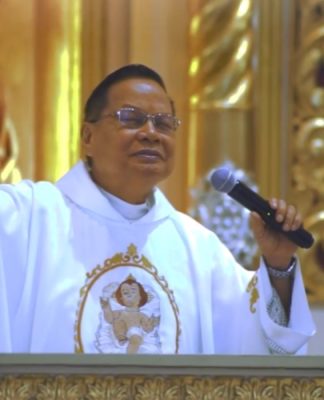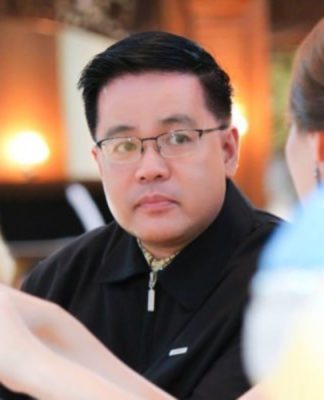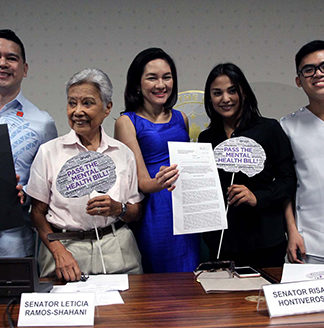 AMONG top private universities in the country, UST is supposed to provide quality education at more affordable rates.
AMONG top private universities in the country, UST is supposed to provide quality education at more affordable rates.
The University however has increased tuition over the years: 3 percent in 2011, 3.5 percent in 2012, and 2.5 percent in 2013. There was no tuition hike in 2014.
Now the administration is proposing a 5- to 8-percent increase per unit for Academic Year 2015-2016. This will amount to P67 per unit for first-year students, P100 per unit for second-year students, P101 per unit for third-year students, and P64 per unit for fourth- and fifth-year students.
The Central Student Council (CSC) and the Central Board of Students have opposed the administration’s proposal, arguing that the University would still be able to operate without increasing tuition or other fees.
The CSC reported that UST officials had disclosed in their consultation last Feb. 20 that for Academic Year 2012-2013, the University collected at least P2.9 billion in tuition and nearly P650 million in other fees from students, almost P300 million from auxiliary services, and around P200 million from interest income and other sources. Deducting all expenses of the University, at least P900 million remain as surplus for each academic year.
The administration said the surplus money was meant to be used as “buffer funds” or “working capital” for contingencies.
But according CHEd Memorandum Order No. 14 series of 2005, only 10 percent of the increases should go to return on investment for higher education institutions that are stock corporations, or otherwise be used for operations. UST is a non-profit institution.
Seventy percent must go to the payment of salaries, wages, allowances, and other benefits of teaching and non-teaching personnel, while the remaining 20 percent is for the improvement or modernization of buildings, equipment, libraries, laboratories, and similar facilities, and payment for other operational costs.
I understand that quality comes with a price. The University needs to increase the pay of faculty to prevent them from transferring to schools that offer more competitive salaries. UST needs to fund research to boost its standing in global university rankings. It must also continue to aid communities, through the Simbahayan Community Development Office, and other charitable endeavors.
In my view, the only increase UST should allow is the one that will cover expenses truly needed to improve the University as a higher educational institution. It should avoid unnecessary tuition hikes that will yield another surplus of nearly a billion pesos. It is unfair to students and their parents to carry the burden of paying expensive tuition and not get their money’s worth.
UST officials should also consider that quality Catholic education—Catholic means universal—should not become inaccessible to the less privileged.
***
My current job in the Varsitarian had prevented me from immersing myself in the whole papal visit experience. I was limited to following the Vicar of Christ behind a computer monitor.
Fortunately, I was assigned to follow Pope Francis during his visit to Yolanda-struck Leyte last Jan. 17.
Media from Manila following the Pope, including the Varsitarian team, arrived in a gloomy Tacloban City. The province was already under public storm warning signal no. 2 because of tropical storm “Amang.”
Despite the incoming storm, thousands of Filipinos were unfazed and chose to endure the weather to welcome the Pontiff.
The gloomy weather did not dampen the excitement of the crowd at the Tacloban airport as they greeted and sang when the Pope finally arrived.
The local government provided flimsy raincoats to the faithful, and these were useless against the harsh winds and heavy rain. The people endured the stormy weather just to see the Pope and join him in celebrating Holy Mass.
As Mass progressed, the weather became worse. The howling of the wind became louder, making the Mass inaudible in some parts of the venue.
Nevertheless, the crowd never left. Seeing the Pope was enough reason to stay until the end, even if he was a hundred meters away.
During the five-day papal visit, I never had the chance to see Pope Francis up close, wave at him, or see his warm smile. But witnessing the “waterproof” faith of the Taclobanons, who left the safety of their homes to brave the stormy weather, was a blessing in itself.

















